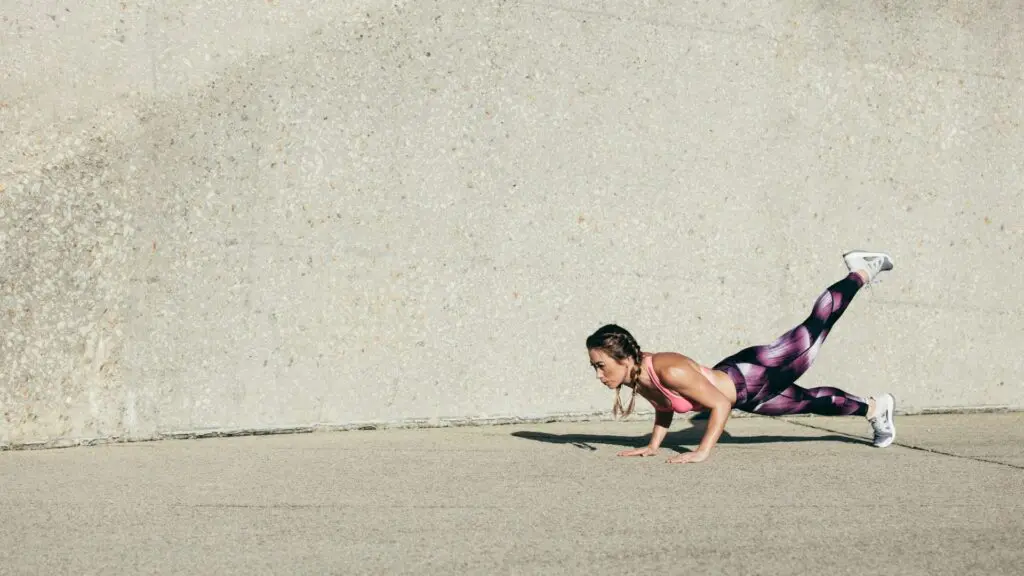
Squats For Back Pain – Are They Helpful Or Harmful?
We include squats as part of our Back In Shape membership area, as it’s a fantastic compound exercise that can recruit muscles in the whole body to perform. If you’re currently in Phase 2 where these are introduced, or you do squats as part of a strengthening routine, this article goes through some common mistakes you need to avoid as well as how to perform a squat with good form.
Why Squats Are Great For Back Pain
Whatever your age, it’s a common habit to get into where we just don’t recruit our leg muscles enough. This can start from supporting yourself getting up from a chair or flopping yourself forwards to bend over at the waist rather than bending down into a squat or lunge to get close to the ground. Improving your leg strength so that you can recruit these muscles is very beneficial, as increased strength in your lower body means you’re better able to support the rest of your body. Introducing these into your routine is so helpful because it supports so many of the activities you do on a daily basis, and they can be modified to be done whatever your ability level.
How To Perform A Squat?
To perform a squat, you need to first engage your core muscles. If you’re not doing this currently while squatting, it’s something you need to learn how to do. If you’re not sure how you can engage your core. You should have a neutral spine throughout the movement, so make sure you have this in the back of your mind. Stand with your feet shoulder width apart, then with your core engaged lower your bottom as if you’re going to sit. If you’re new to squats or bodyweight exercises in general, you may not feel all that comfortable about lowering yourself down very far. This is completely normal and as you get stronger you’ll find it easier. If your body isn’t too flexible around the hips and hamstrings, you may also find it difficult to lower yourself without rounding the lower back. Until your flexibility improves with the stretching in the protocol, lower yourself as far as you feel comfortable without rounding the lower back at the bottom. Depth at the beginning is really not important, but good form is! If you don’t have a lot of strength to begin with you may only find you can only manage 3 or perhaps less. If this is the case, 3 squats with good form is going to be much better than 10 with bad form, so just work up to doing 3 sets of 10 repetitions as you improve your strength.
Common Mistakes When Squatting?
As we mentioned above, making sure your lower back doesn’t round at the bottom is so important, and is a mistake we see time and time again in the gym. This happens due to poor flexibility, which is why keeping up with your stretching learned in Phase 1 is vital moving into Phase 2. As you become more flexible, this should become more comfortable. You should also make sure you’re not staying too upright as this can drive the knees forwards and actually irritate them quite a bit. Just because you need to try and maintain that natural curve in your lower back, it doesn’t mean you can’t lean forward. Hinge backwards at the hips so you naturally lean forwards but maintain the curve in your lower back. Another common mistake if you’re new to squats is to let the knees fall inwards as you lower yourself. There are a couple of ways you can approach this problem depending on your ability level. If you’re generally feeling unstable or off balance doing a squat, then moving to a door frame might make the process much easier for you. Holding on to each side of the door frame and lowering yourself down should help make you feel more stable and better able to keep an eye on your knees as you go down. If you’re otherwise balanced, you may find it easier to track your toes. If you have your feet pointing slightly out when squatting, make sure your knees try to follow the line of your feet so that they don’t drop inwards. Finally, many people who have trained with weights in the past tend to rush back to adding weight in before they’re ready. Phase 2 lasts roughly 4 weeks if you’re rehabilitating your back problem from scratch so follow the plan as it’s intended to begin with. In Phase 3, weights can be introduced in the form of exercise bands or kettlebells to help progress the exercises and make them more challenging.









Responses